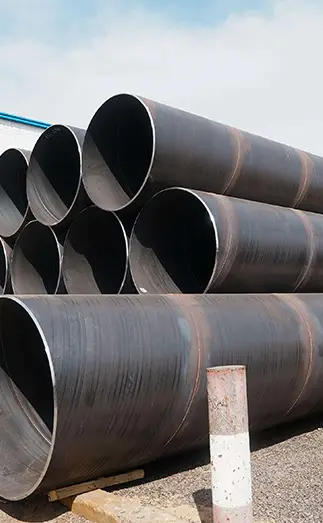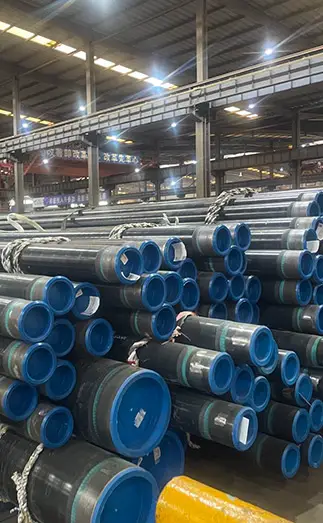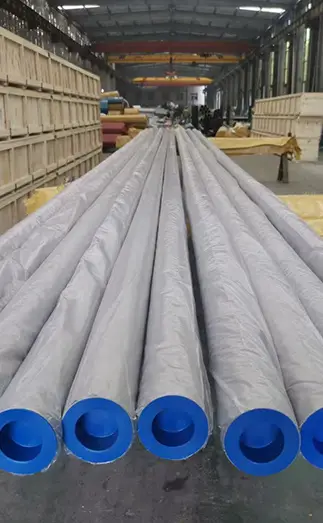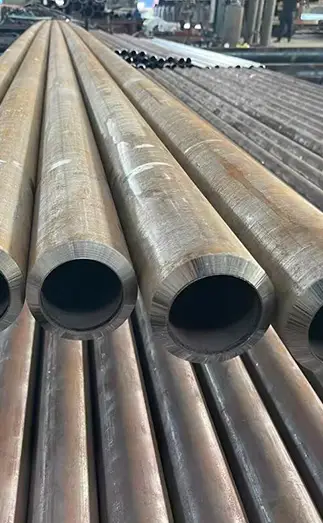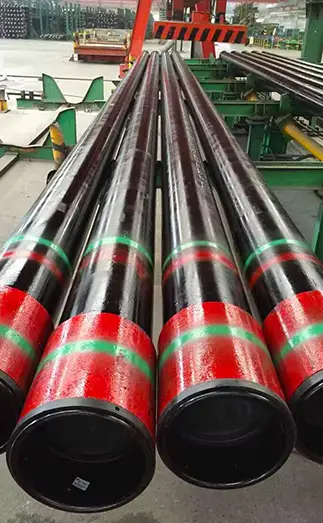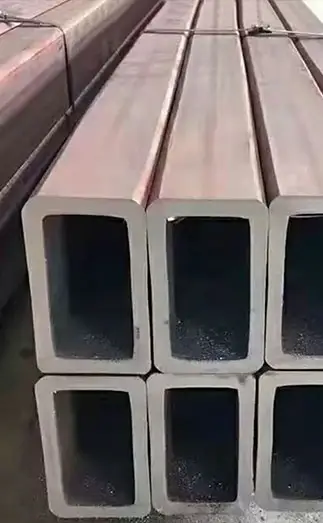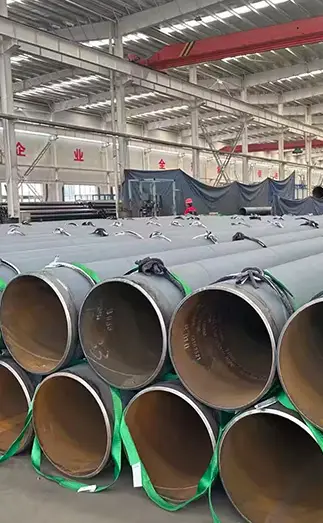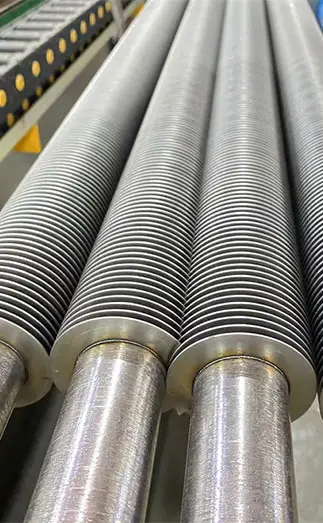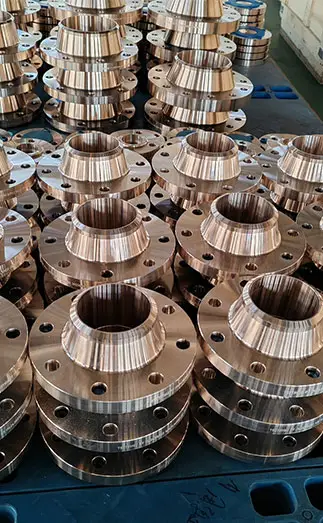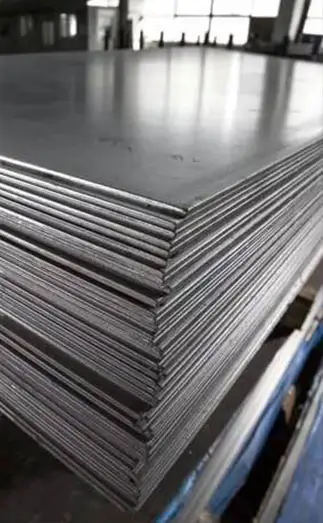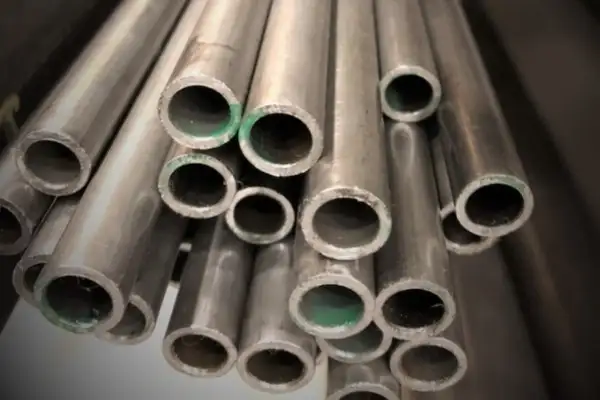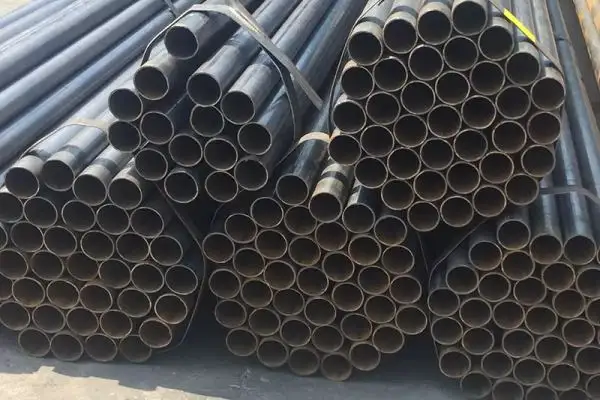In modern bridge construction, selecting the right type of steel pipe is critical to ensuring safety, durability, and efficiency. Among various options, bridge straight seam welded steel pipes—also known as longitudinal welded steel pipes for bridges—stand out due to their excellent performance and reliability. They not only meet the demanding structural requirements of large-scale bridges but also offer advantages in welding stability, dimensional precision, and corrosion resistance.
Super Steel Manufacturing Co.,Ltd is professional steel pipe manufacturer, for more details, please contact:sales@super-steels.com
Characteristics and Advantages of Bridge Straight Seam Welded Steel Pipes
Bridge straight seam welded steel pipes, also known as longitudinal welded steel pipes for bridges, provide significant advantages over conventional welded pipes:
Stable Welding Quality
With straight weld seams, the welding process is easier to control, ensuring high-quality, stable joints.
High Dimensional Accuracy
These pipes feature precise geometric dimensions and uniform wall thickness, fully meeting the strict requirements of bridge structures.
Excellent Mechanical Performance
Advanced welding technologies ensure high weld strength and strong fatigue resistance, making them ideal for withstanding the dynamic loads of bridges.
High-Performance Materials
Commonly used steels include Q345QD, Q370QE, and other low-alloy, high-strength bridge steels. These materials provide excellent weldability, low-temperature toughness, and fatigue resistance, allowing reliable performance under complex environmental conditions.
Superior Corrosion Resistance
The inner and outer surfaces of longitudinal welded steel pipes are specially treated, greatly improving anti-corrosion performance and extending bridge service life.
Production Process of Bridge Straight Seam Welded Steel Pipes
The production of modern longitudinal welded steel pipes for bridges generally adopts the JCO forming process, including the following steps:
Steel Plate Pretreatment
Steel plates are leveled and edge-planed to ensure flatness and welding quality.
Forming
Multi-step JCO forming progressively bends the plate into a tubular shape, ensuring geometric accuracy.
Welding
Internal and external welds are performed using multi-wire submerged arc welding (four-wire internal, five-wire external), improving efficiency and weld quality.
Diameter Expansion
Pipes undergo hydraulic or mechanical expansion (0.8%–1.2%) to relieve stress and improve roundness.
Heat Treatment
Overall heat treatment eliminates residual stress and enhances microstructure and mechanical properties.
Nondestructive Testing
Weld seams are inspected via ultrasonic and X-ray testing to ensure compliance with quality standards.
Key Quality Control Points of Bridge Straight Seam Welded Steel Pipes
Dimensional Accuracy
External diameter, wall thickness, ovality, and straightness directly affect bridge assembly quality.
Mechanical Properties
Yield strength, tensile strength, elongation, and toughness must meet bridge design requirements.
Welding Quality
Weld seams should be smooth, free from cracks, porosity, or slag inclusions, with properties matching the base material.
Corrosion Protection
Surface treatment and coating adhesion ensure long-term durability.
Residual Stress Control
Optimized processes reduce stress concentrations that could cause premature failures.
Applications of Longitudinal Welded Steel Pipes in Bridges
Bridge straight seam welded steel pipes are widely applied in different structural forms:
Concrete-Filled Steel Tube Arch Bridges
Pipes act as load-bearing arch ribs, combined with concrete to form strong composite structures. Example: Chongqing Chaotianmen Yangtze River Bridge.
Steel Tube Truss Bridges
Pipes serve as truss elements, forming stable spatial structures with efficient material use.
Pier Structures
Used for high piers and curved piers, offering flexible design and convenient construction.
Temporary Support Systems
Easy to install, dismantle, and reuse during bridge construction.
Development Trends of Bridge Straight Seam Welded Steel Pipes
High-Strength Materials
Adoption of steels such as Q420Q and Q460Q reduces deadweight while enhancing span capacity.
Large Diameter and Thick Walls
Production now exceeds 1.5 m diameter and 50 mm wall thickness, meeting the demands of long-span bridges.
Intelligent Manufacturing
Digitalization and automation improve product stability, quality, and production efficiency.
Conclusion
As a key material in modern bridge engineering, straight seam welded steel pipes have become indispensable for large-scale and complex bridge projects. With advancements in manufacturing technology, welding processes, material development, and quality control, the role of bridge longitudinal welded steel pipes will continue to expand, providing stronger, more durable, and more efficient solutions for bridge construction worldwide.



 English
English Español
Español Français
Français بالعربية
بالعربية